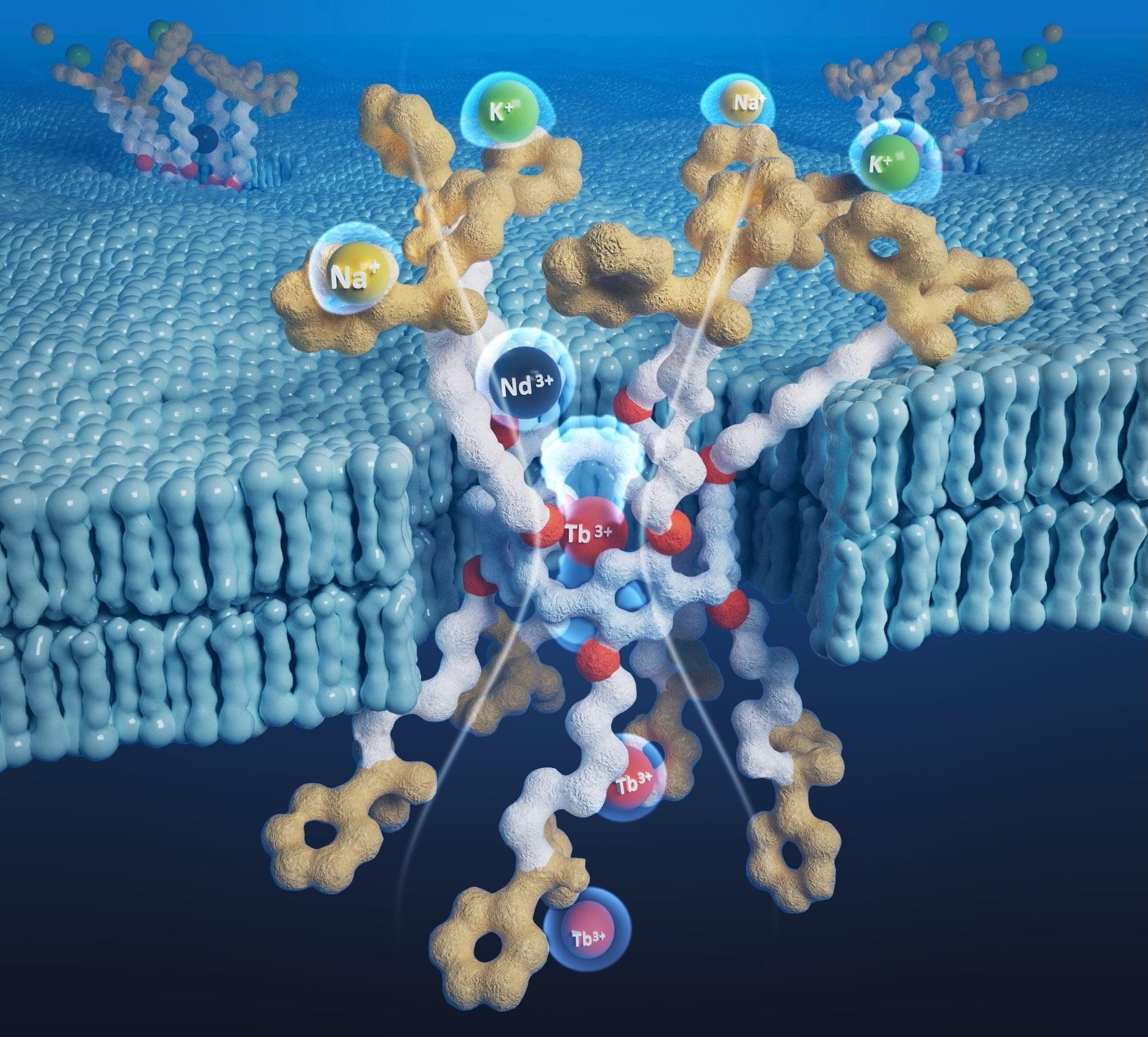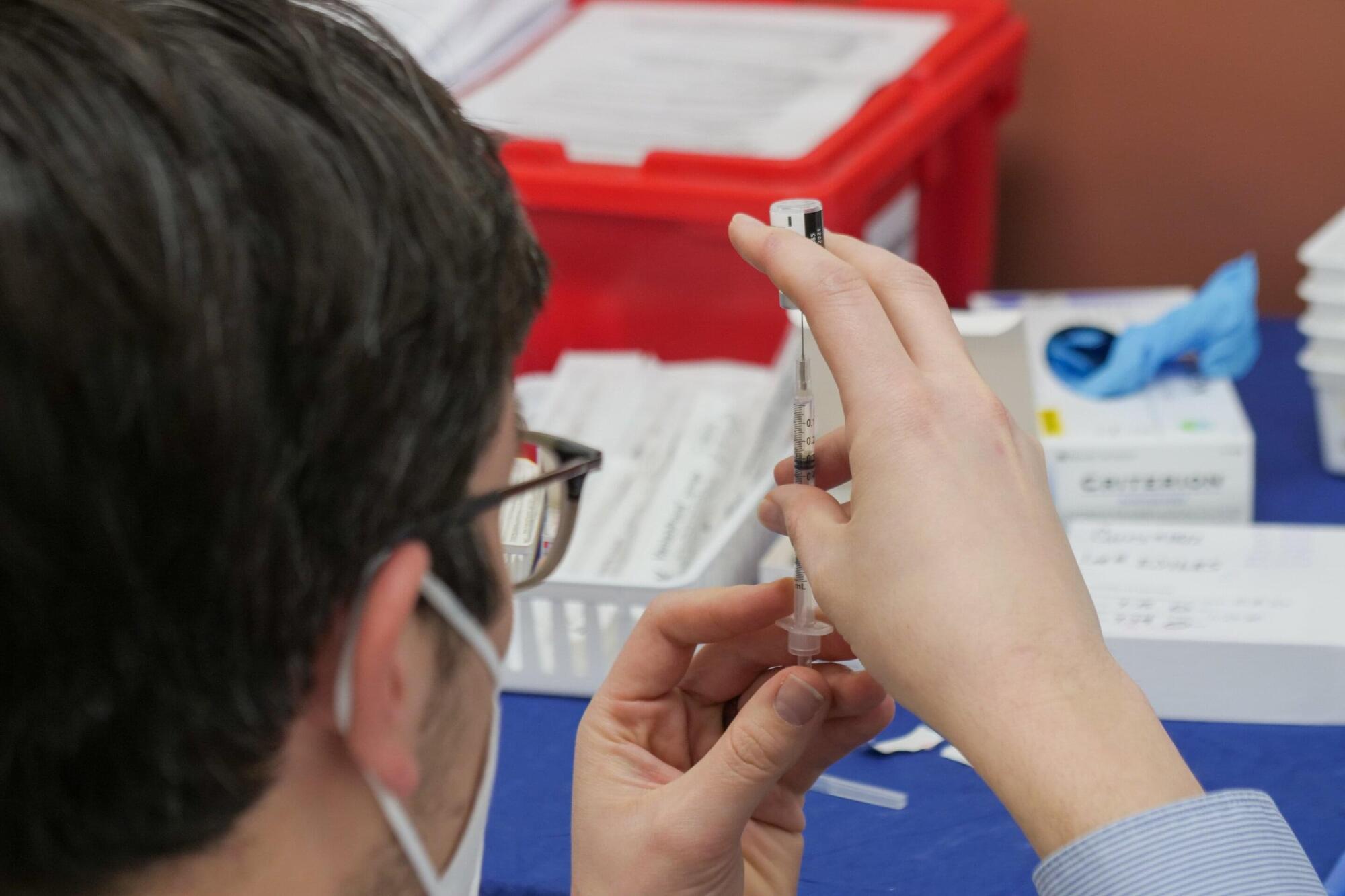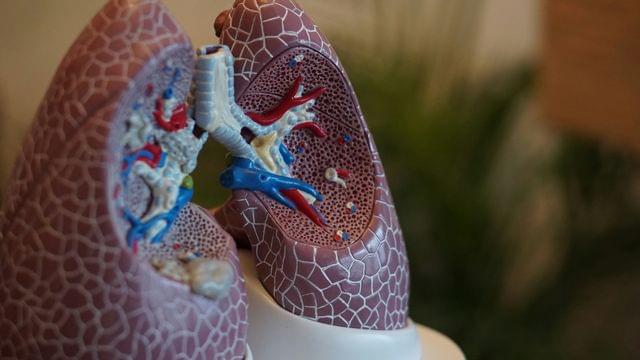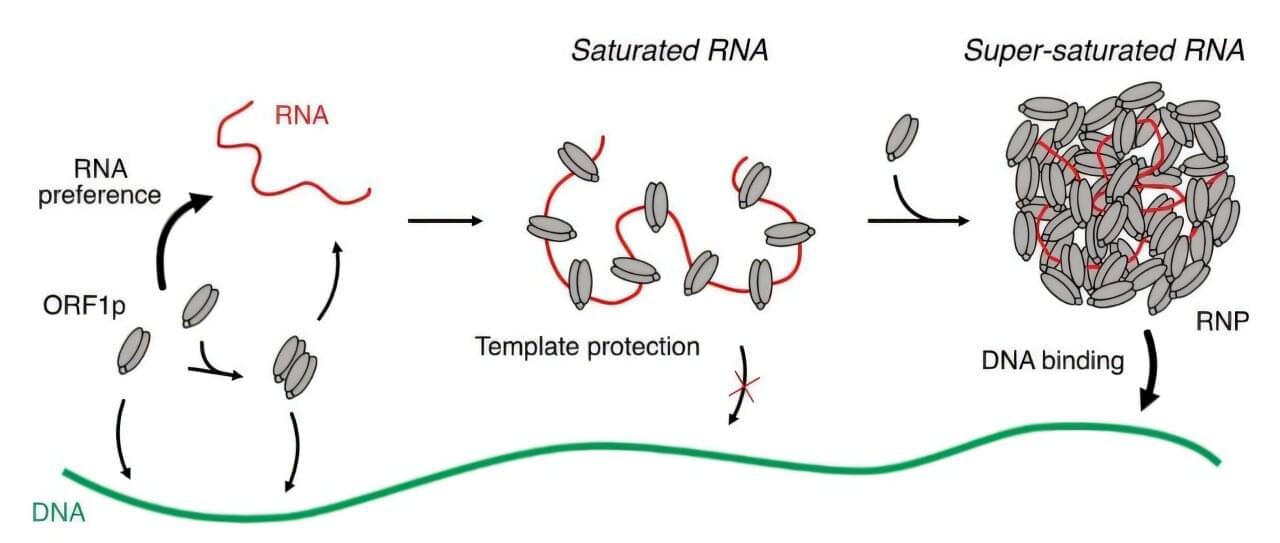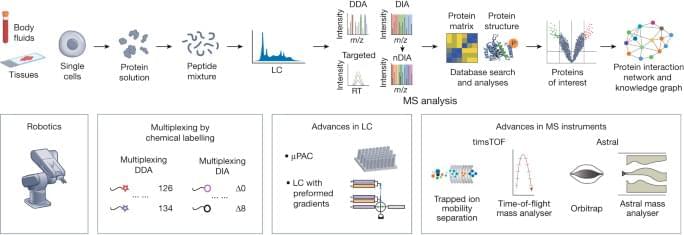Featuring the Electro-Mechanical Brake and by-wire technology on the rear brakes, the project will also include ZF’s Integrated Brake Control and traditional front calipers, creating a ‘hybrid’ braking system of by-wire and hydraulics that offers increased flexibility to the manufacturer. The agreement will also provide significant steering technology with ZF’s Electric Recirculating Ball Steering Gear. This cutting-edge braking technology combined with traditional braking systems and innovative steering tools further solidifies ZF’s position as the industry leader in providing complete chassis solutions to its customers while providing a major customer win.
“We are all proud to see ZF’s technology leadership in the Chassis segment providing tangible value for our customers. Our goal when combining our steering, braking, dampers and actuators as well as corresponding software businesses into a single division was to create the world’s most comprehensive Chassis Solutions product and system offering,” said Peter Holdmann, Board of Management member at ZF and head of Division Chassis Solutions. “This combined center of expertise allows us to offer comprehensive solutions that integrate advanced engineering, innovative design, and cutting-edge technology to deliver unparalleled performance and safety.”
The road to the software-defined vehicle With the Electro-Mechanical Brake (EMB) as a key component of the brake-by-wire technology, ZF lays the foundation for the software-defined vehicle that will lead to new functions and features, many that emphasize safety as much as driving comfort. One such feature being explored with by-wire technology is the ability for the vehicle to autonomously brake and steer in a crash situation.
ZF’s Electro-Mechanical Brake provides premium performance for automatic emergency braking, full energy recuperation and redundant fallback options up to full automated driving for passenger car and light truck segments.


